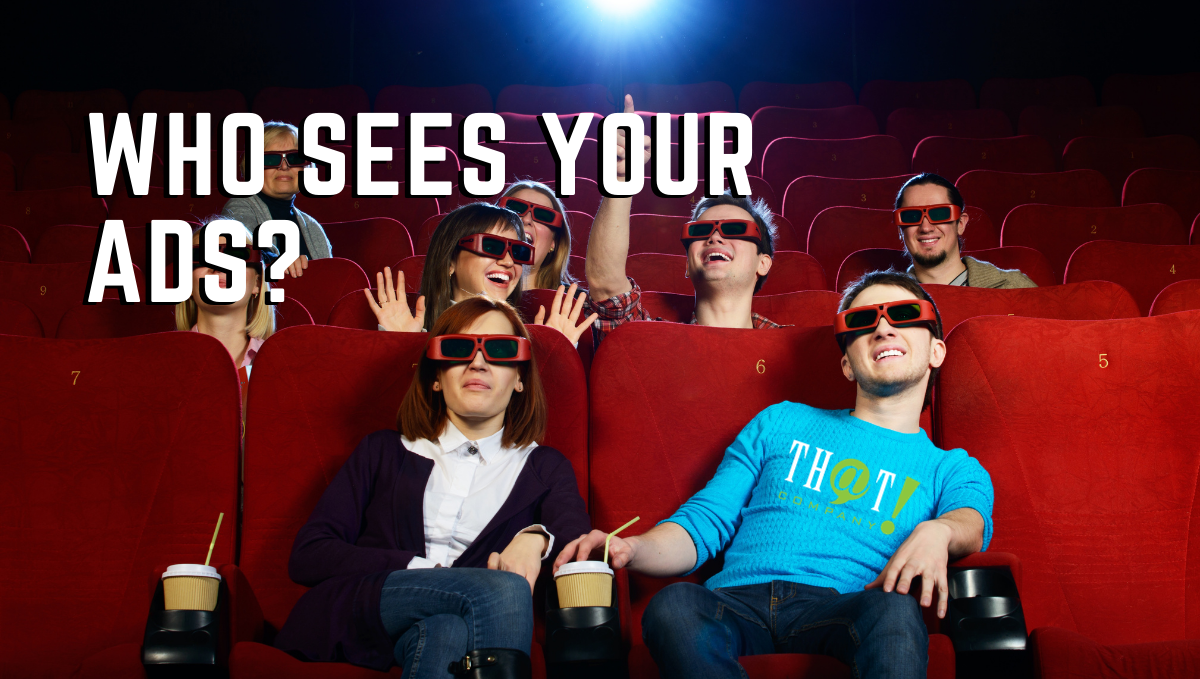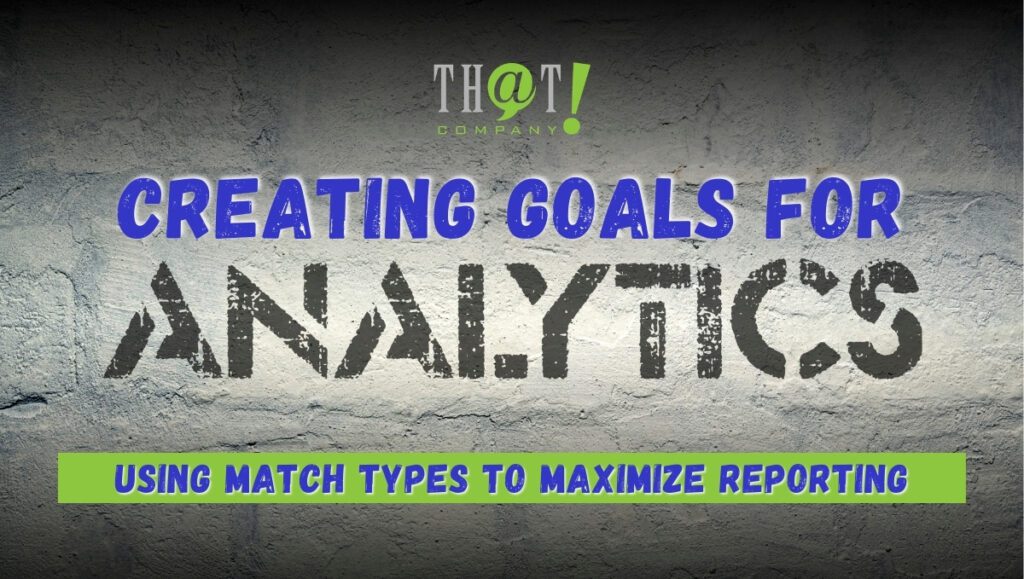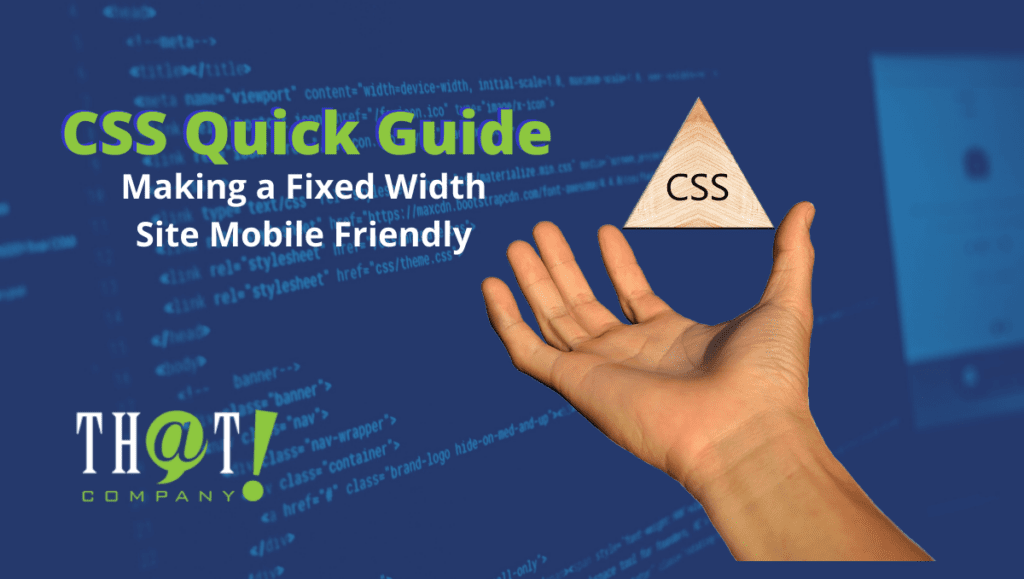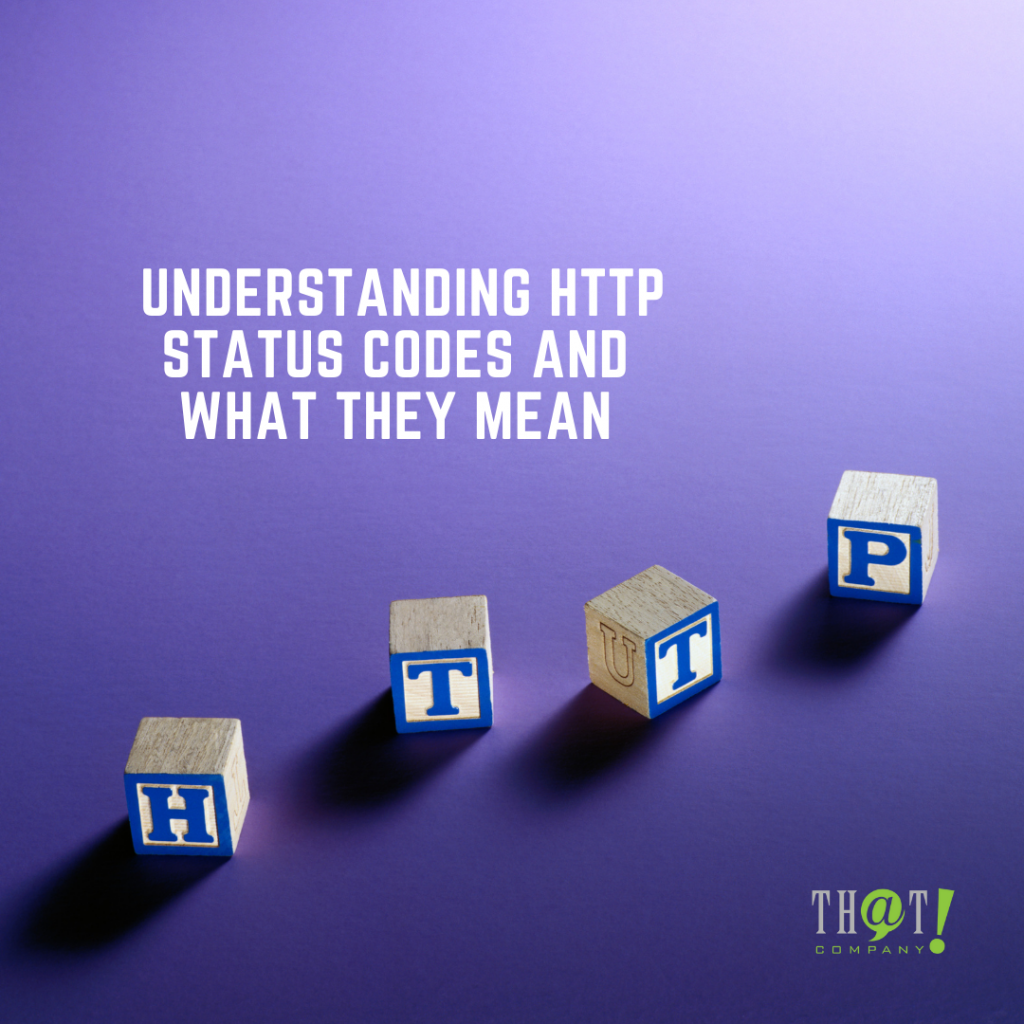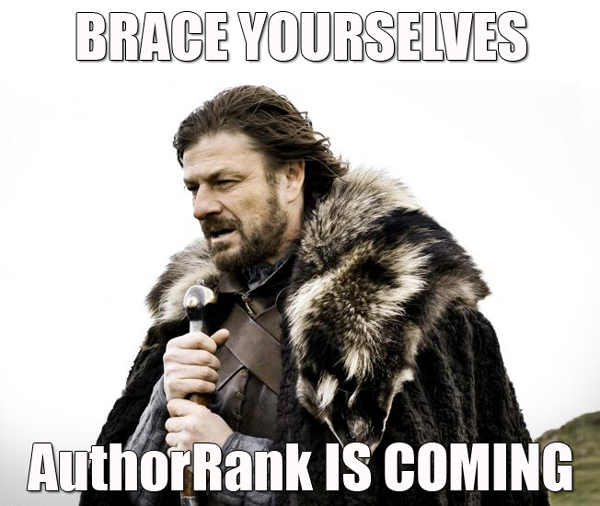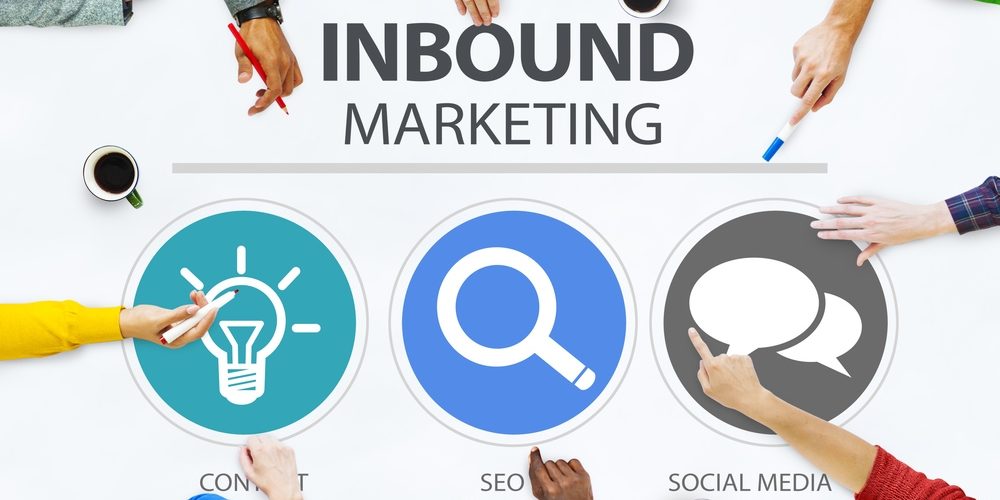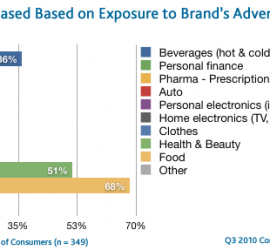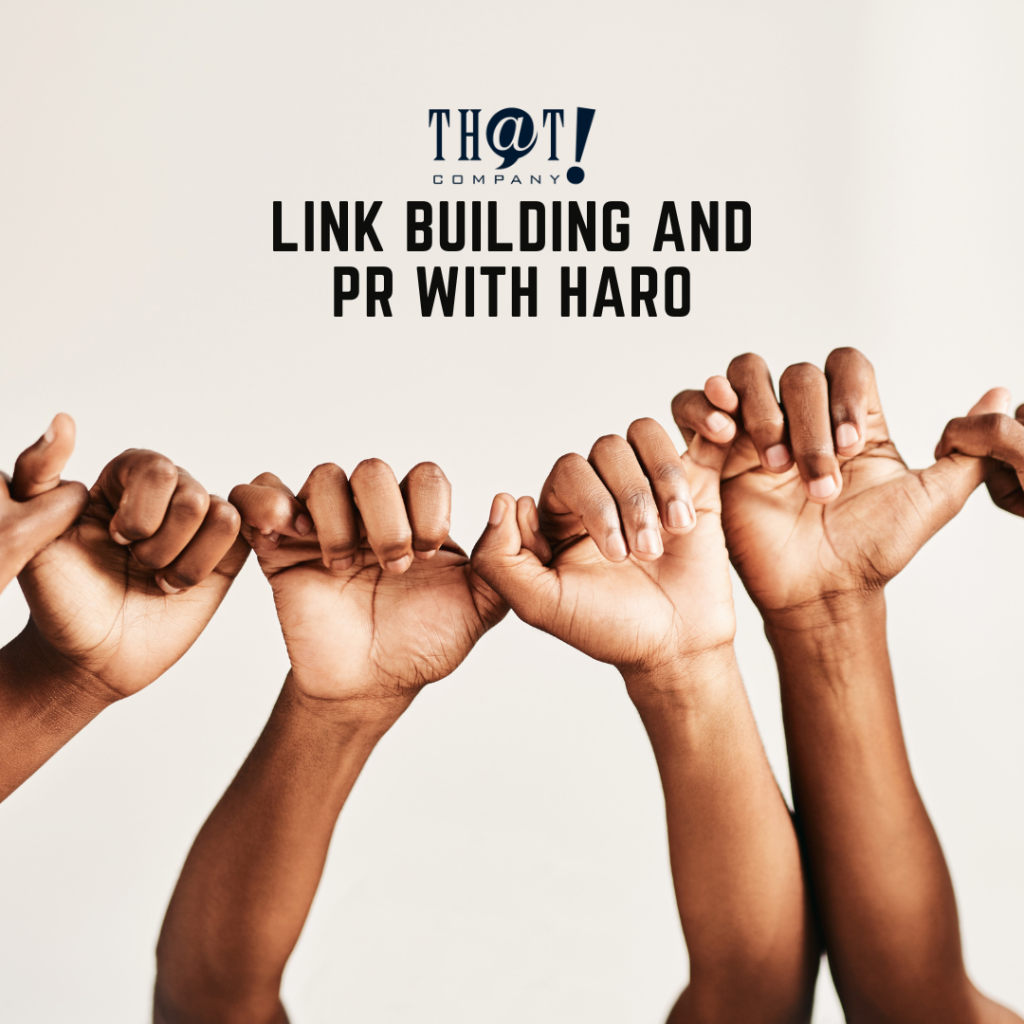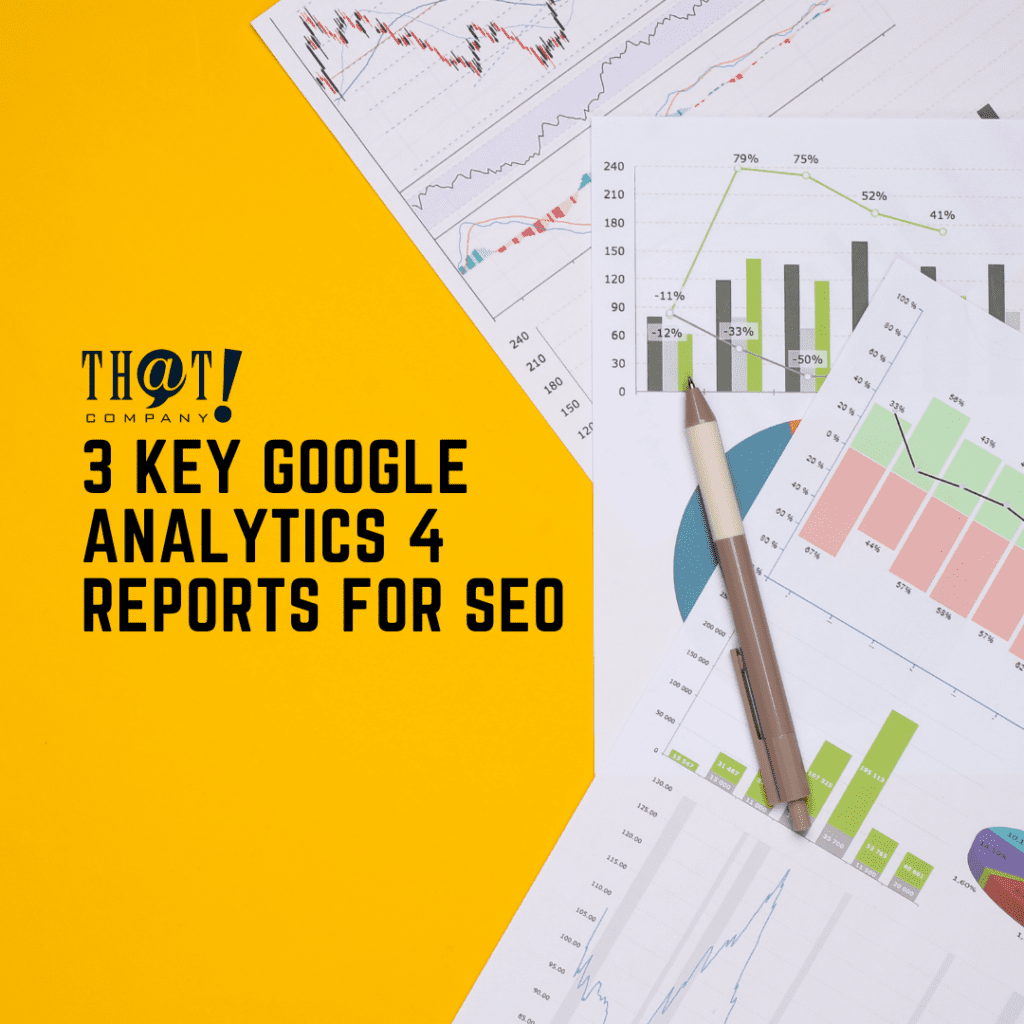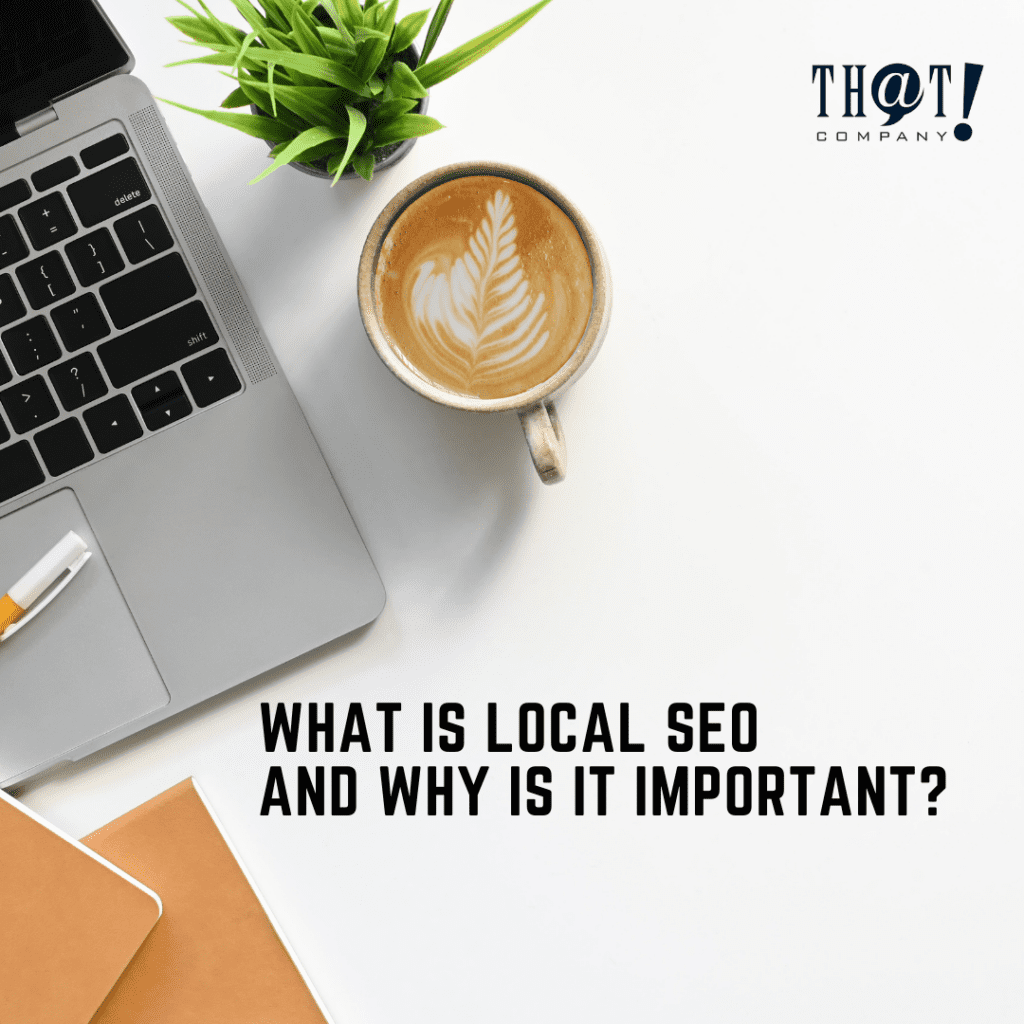Pay Per Click Audiences and How They Help
From the beginning of advertising, the main idea was to get the information about your product or service in front of those that would most benefit from them or who might be persuaded that they need your product or service when they see your ad. Quite often, people will have conversations with friends and hear of a product they are using and how much they like how it helps them with a project or a regular chore. Maybe it is a service such as hairdressers that are not only a great stylist but offer and have mastered coloring or retro hairstyles.
I have, over the years, enjoyed yard work to get outside and maintain the flower beds, it can be a competition with the neighbors to see who has the most impressive floral displays each season and keeps the lawn manicured and weed-free. Now I have gotten to a time that I am not able to deal with the bending, kneeling, and put up with the summer heat so I had to find a lawn service that will also maintain the flower beds, at an extra fee of course.
A Little History
These are just a few examples of why you want your ads to get in front of the right people, or your target audience. If you go back to what could be considered the first advertisements, you would go back to possibly the Egyptians when they hung sheets of papyrus for sales messages or wall posters. Political campaign displays have been found in Pompeii and Arabia among the ruins. Ancient Greeks and Romans hung signs for lost items.
While paper advertising was very useful, not all people could benefit if they didn’t visit the area the paper sheets were hung. One of the methods used was to have someone stand in the town square and read very loudly the script of a business, these were called town criers and were able to get passers-by to hear the announcements when they may not have seen an ad.
 Signboards came along in ancient Egypt, Rome, and Greece that hung over the business entrance with the name of the business and an image of their service or product.
Signboards came along in ancient Egypt, Rome, and Greece that hung over the business entrance with the name of the business and an image of their service or product.
As the years went by advertising moved to printed publications such as newspapers and magazines. The first weekly gazettes appeared in Venice in the early 16th century.
The Jump into the Future
Most recently, advertising made the jump to the digital world due to the increased interest in the internet. Digital advertising, also known as digital marketing, includes email marketing, search engine marketing (SEM), and social media marketing. Each of these can be broken down into different forms of advertising such as display advertising, banner advertising, and mobile advertising.
But it takes more than creating ads and putting them in front of everyone. In digital marketing you pay for your ads by what is called pay per click, or PPC, meaning you don’t pay every time your ads are shown to users but when the user clicks on the ad. In search engine marketing you have keywords that relate to your product or service that will be triggered by a user’s search term.
This is a good way to get your ads in front of people who are looking for your product or service, but you can narrow your user base by using audiences. Audience targeting enables you to focus on who sees your ads.
[bctt tweet=”From the beginning of advertising, the main idea was to get the information about your product or service in front of those that would most benefit from them or who might be persuaded…” username=”ThatCompanycom”]Building Google Search Term Audiences
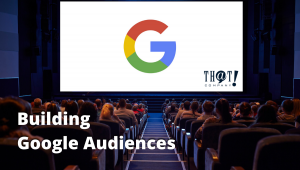 You can assign audiences at either the campaign or ad group level to better target your desired users. You can build audiences in your Google Analytics account based on a wide variety of options such as All Visitors, All Converters, or by what page a user goes to. There are options for demographics including age, gender, language, affinity category, in-market segment, and location. You can also choose the operating system, operating system version, browser and version, and device type. You can create multiple conditions to be as specific as you want to get.
You can assign audiences at either the campaign or ad group level to better target your desired users. You can build audiences in your Google Analytics account based on a wide variety of options such as All Visitors, All Converters, or by what page a user goes to. There are options for demographics including age, gender, language, affinity category, in-market segment, and location. You can also choose the operating system, operating system version, browser and version, and device type. You can create multiple conditions to be as specific as you want to get.
Once you build the audience you set the number of days the users will stay in the audience, this can be up to 540 days. You will be asked to assign a destination, or where the audience can be used, and given the options of the analytics account or the Google Ads account associated with the property.
In Google Ads, you have a tool called Audience Manager that allows you to build custom affinity audiences and custom intent audiences. You have options for interests, URLs, places, and apps. Interests could include such as marathon runners, outdoor enthusiast, or fashion designer. With the place option, unlike your first thought, you enter physical locations like organic food market, sporting goods store, or auto dealership.
Custom intent audiences will use in-market keywords or Google search terms. The Google search term audience is built with terms that you feel a user would enter, Google suggests you have a minimum of 50 words and start with keywords from your search campaigns. This seems to duplicate what you are doing in the campaigns, and it is, but it creates an audience from users that trigger a keyword from the list.
Custom in-market audiences utilize both keywords and URLs related to your products or services.
Using Your Audience
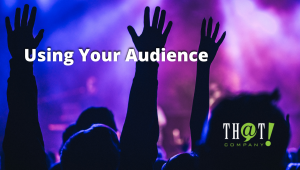 You can assign audiences at either the campaign or ad group level to better target your desired users. Depending on how many audiences you created in Analytics and custom audiences, you have quite the array to choose from. Select the most appropriate audience for the campaign or ad group you are working with. Google also gives suggestions based on past conversions, click performance, or your search campaigns.
You can assign audiences at either the campaign or ad group level to better target your desired users. Depending on how many audiences you created in Analytics and custom audiences, you have quite the array to choose from. Select the most appropriate audience for the campaign or ad group you are working with. Google also gives suggestions based on past conversions, click performance, or your search campaigns.
Audiences were strictly used for remarketing display ads for quite a few years, but Google started allowing audiences to be used with search campaigns. They called it RLSA, Remarketing List for Search Ads. Audiences are assigned as they would be for display and can have bid adjustments, both increased and decreased, for individual audiences. This allows you to increase the bids for an audience that shows it is drawing traffic that is more likely to convert or decrease the bids for an audience that you know is a group you do not want to draw traffic from or has not produced as you expected.
Who Sees Your Ads?
Along with the keywords you expect users to trigger with their search terms, audiences prove to be a big boost to the success of your Pay Per Click account. The more defined your audience the closer to the bullseye you get. Using combinations of audiences can achieve the best results and help hit a home run for your business.
Ask your agency about audiences and how they can help your business grow.

